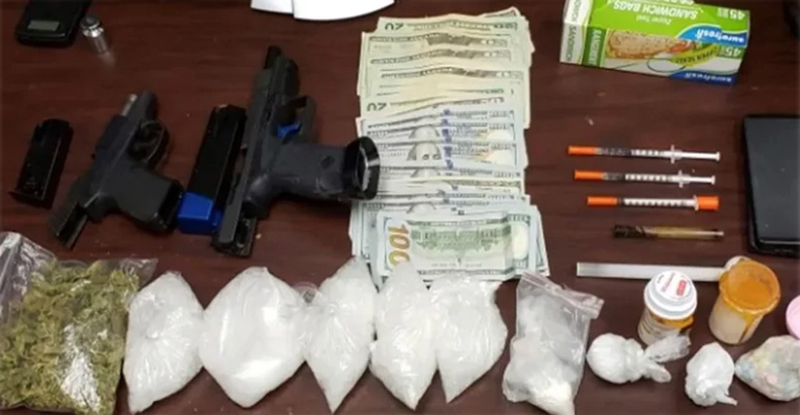 India Drug War
India Drug War
From Golden Triangle to Darknet: India’s war on drugs
The burgeoning narcotics trade is not just a social malaise but a multifaceted menace with deep-seated ramifications for national security and international peace. India, a nation with a rich cultural heritage and booming economic prospects, finds itself ensnared in the throes of this global predicament, grappling with the dual role of being a major market and a transit point in the international drug trafficking route.
At the heart of the problem lies India’s geographical conundrum, flanked by the infamous Golden Crescent and Golden Triangle, regions notorious for their prolific drug production. These areas, supported by a nexus of obscure intelligence operations, pump a staggering volume of heroin and methamphetamine into the Indian subcontinent, fulfilling nearly 90% of global demand. This deluge of drugs seeps through the porous borders, poisoning the youth, destabilizing families, and nurturing a black market economy that finances disruptive activities threatening the very fabric of society.
The scale of financial transactions in this illicit trade is astronomical. Regions like the border areas of Pakistan and Afghanistan, and the Shan and Kachin provinces of Myanmar, have become hotbeds for converting raw opium into heroin, under the aegis of rebel groups with indirect support from state actors. These regions, infamous for their porous borders, are not only production centres for narcotics but also manufacturing hubs for illegal arms, further complicating the security landscape.
The sophistication of drug trafficking methodologies has evolved with technological advancements. The maritime route has emerged as a preferred channel, with the Indian Coast Guard uncovering massive drug consignments, highlighting the international dimensions of this trade. The nexus between drug traffickers and terrorist organizations like Lashkar-e-Taiba and Hizbul Mujahideen, with the backing of the ISI, underscores the grim reality of drug money being funneled to sponsor terror activities.
In a surprising twist, India has also emerged as a favoured destination for cocaine, controlled by the South American cartels. This development reveals the intricate web of international connections spanning from South America to Southeast Asia and implicating various non-resident Indians across the globe. The infamous underworld figure Dawood Ibrahim’s involvement in this network further exemplifies the convergence of drug trade and organized crime, presenting a formidable challenge to law enforcement and national security.
The darknet has become a new frontier in drug trafficking, offering anonymity and a low-risk environment for illicit trade. Despite law enforcement’s efforts to crack down on darknet marketplaces, the success rate remains dismally low. However, recent breakthroughs by the Narcotics Control Bureau in dismantling organized darknet operations in India shed a ray of hope in this relentless fight.
The narcotics trade’s transformation into a sophisticated, technology-driven enterprise highlights the urgent need for a coordinated, multi-faceted approach involving international cooperation, intelligence sharing, and technological innovation. The emergence of local gangs as proxies for drug trafficking and gunrunning, manipulated by terrorist groups and rogue state actors, presents a new dimension to this challenge. Tackling this nexus requires not only robust law enforcement but also a comprehensive strategy addressing the socio-economic factors fuelling this trade.
The insidious influence of Pakistan and its intelligence agency, the ISI, in orchestrating and perpetuating this global narcotics menace cannot be overlooked. Their complicity in fostering an environment conducive to drug trade and terrorism, as evidenced by the connection with notorious organizations like Lashkar-e-Taiba and Hizbul Mujahideen, and the involvement of figures like Dawood Ibrahim, casts a long shadow over regional stability and global peace. Confronting this daunting challenge necessitates not only a steadfast resolve within India but also a unified, international front committed to dismantling these nefarious networks. The path to a drug-free world is fraught with complexities, yet it is a journey that must be undertaken with unwavering determination and collective action, holding accountable those who seek to profit from the shadows of despair and destruction.
(Text and image courtesy: Khalsavox.com)
Support Our Journalism
We cannot do without you.. your contribution supports unbiased journalism
IBNS is not driven by any ism- not wokeism, not racism, not skewed secularism, not hyper right-wing or left liberal ideals, nor by any hardline religious beliefs or hyper nationalism. We want to serve you good old objective news, as they are. We do not judge or preach. We let people decide for themselves. We only try to present factual and well-sourced news.







